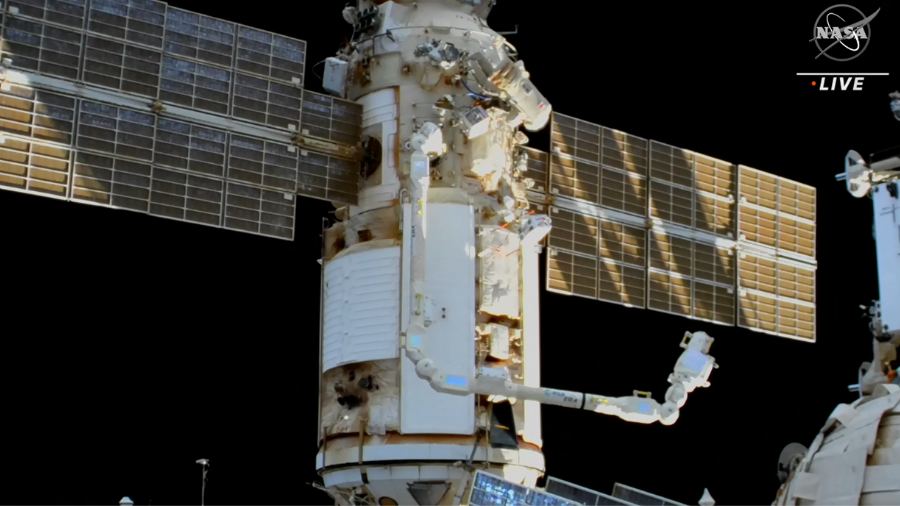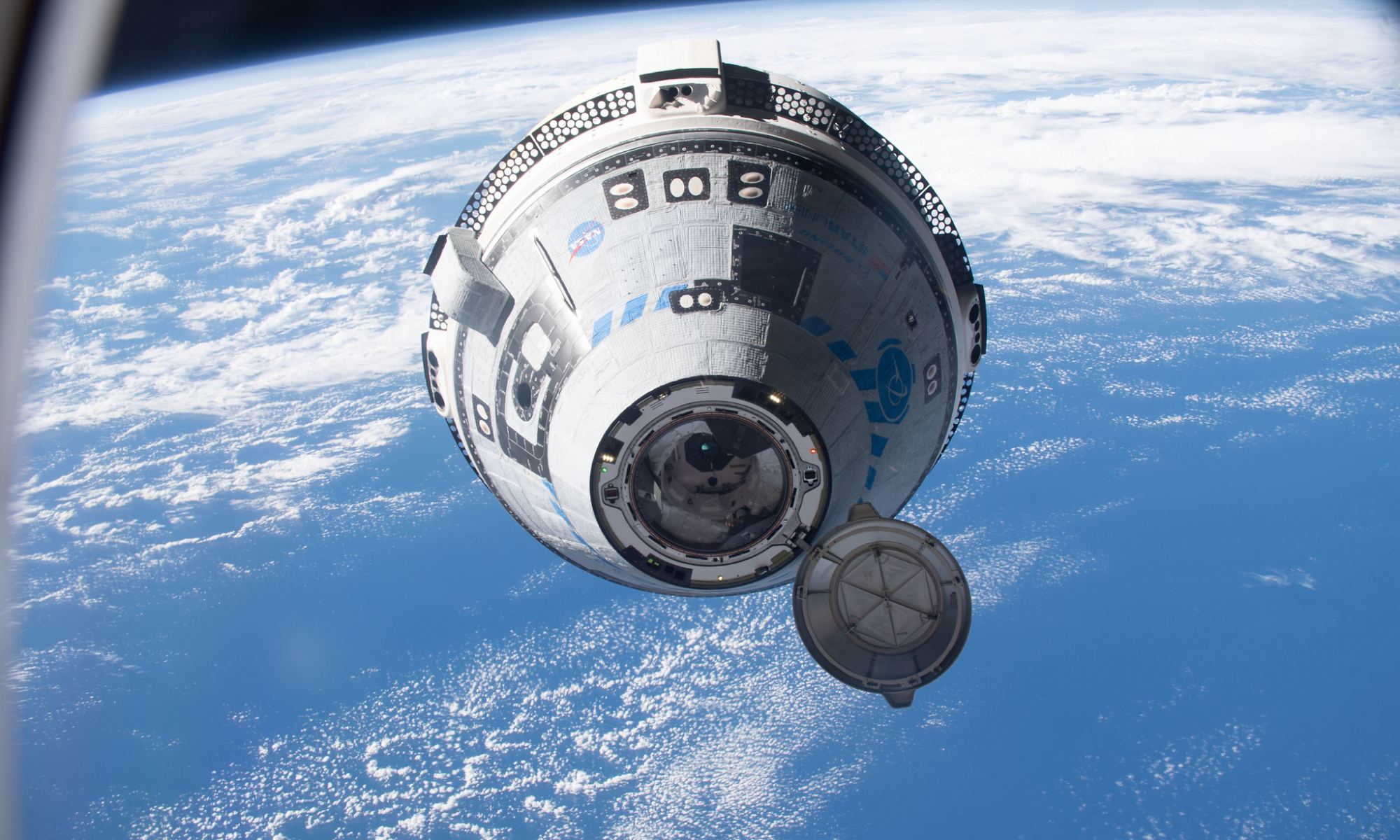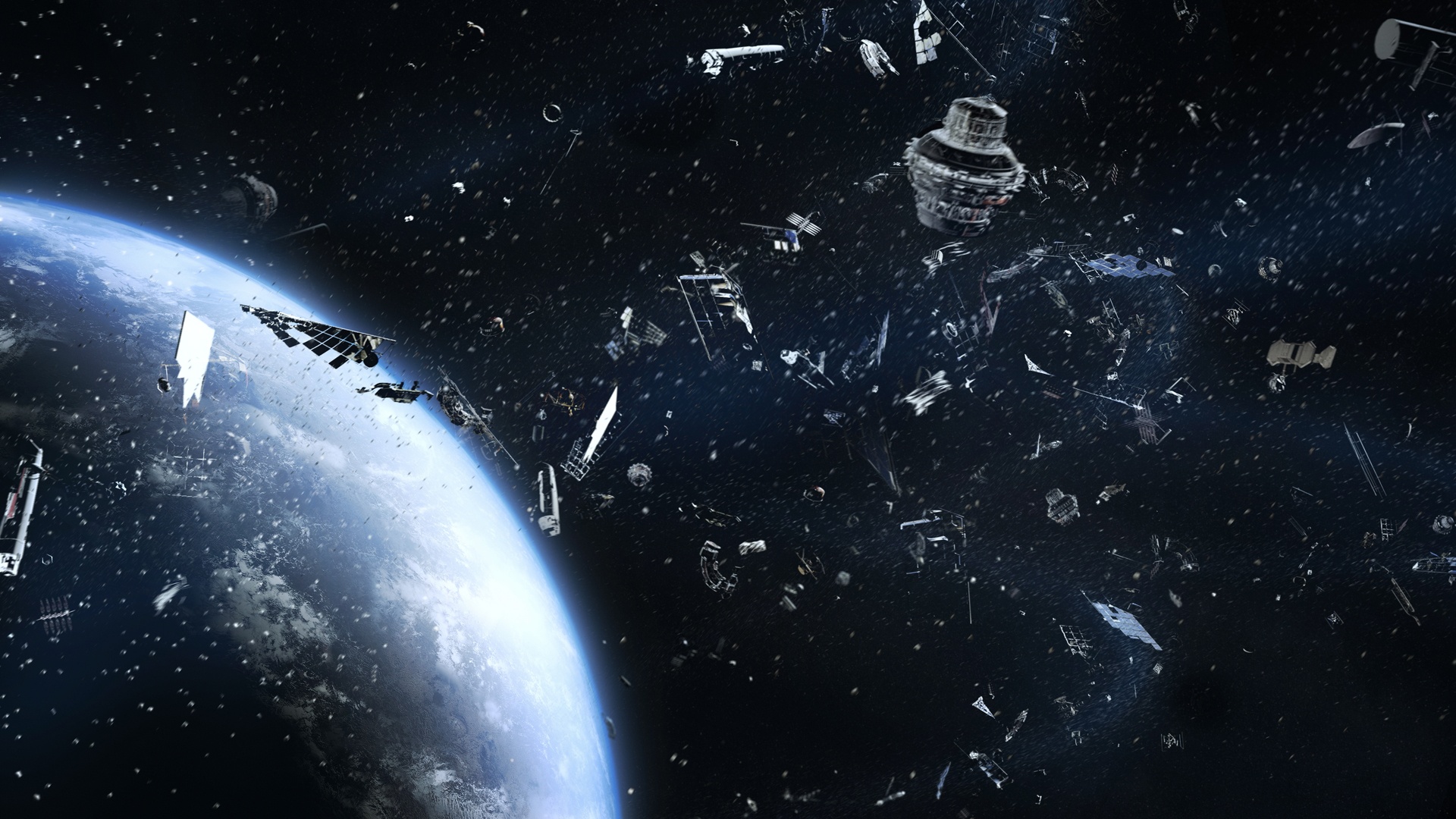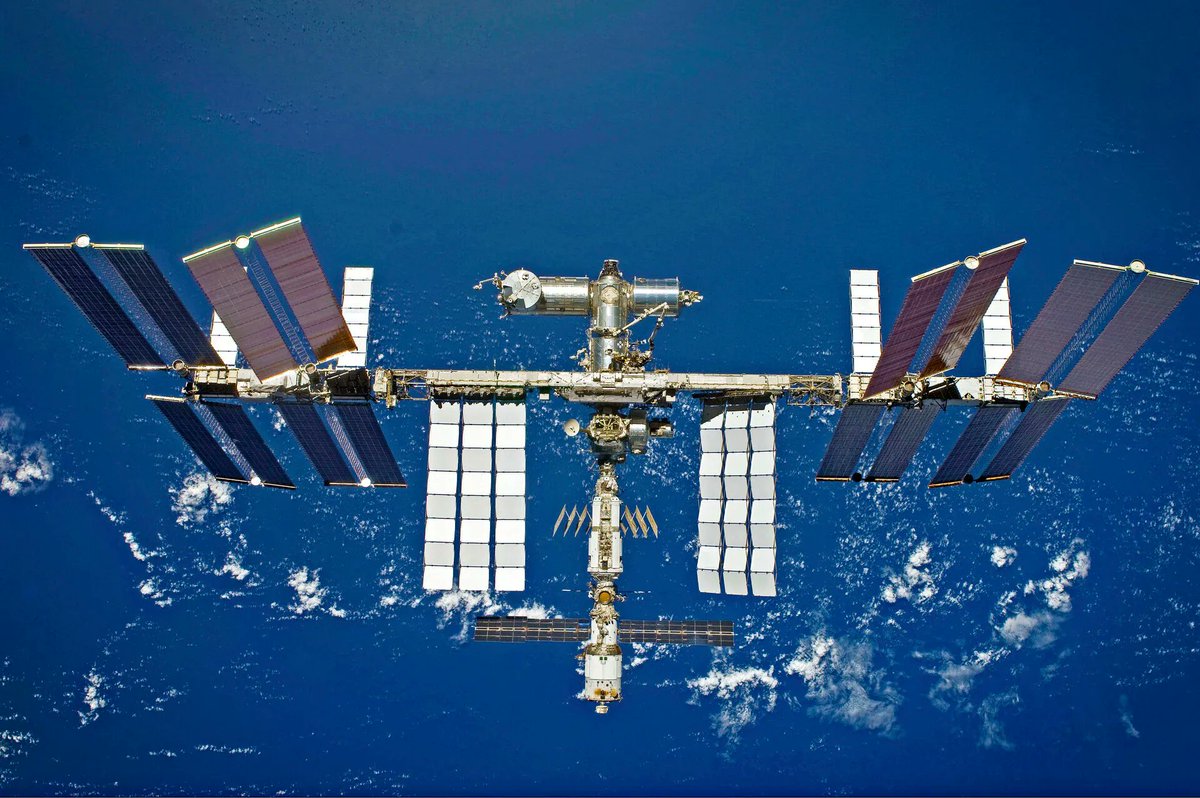In a recent study published in Microbiome, a team of researchers led by NASA’s Jet Propulsion Laboratory conducted a five-year first-of-its-kind study investigating the microbiome (environmental profile) of the International Space Station (ISS). The purpose of the study was to address “the introduction and proliferation of potentially harmful microorganisms into the microbial communities of piloted spaceflight and how this could affect human health”, according to the paper.
Continue reading “The International Space Station Gets a Clean Bill of Health. Despite a Few Opportunistic Microbes, the Station is “Safe” for Astronauts”Socks, The Final Frontier

What is the greatest challenge facing humans as we prepare for the first crewed missions to Mars? Solar and cosmic radiation? Atrophying bone and muscle? Growing food? How about laundry? It’s strange but true, right now we don’t have a way to clean laundry in space.
Continue reading “Socks, The Final Frontier”Spacewalk Cut Short, Cosmonaut Told to “Drop Everything” and Go Back Into the Space Station

Russian and US flight controllers decided to cut short a spacewalk by two cosmonauts outside the International Space Station yesterday after voltage fluctuations in Oleg Artemyev’s Orlan spacesuit caused concern. About halfway into a scheduled seven-hour EVA, Artemeyev was repeatedly ordered to drop what he was working on and return to ISS’s airlock.
“Drop everything and start going back right away,” was one of the translated messages heard during a NASA livestream of the spacewalk. “Oleg, you must return to the airlock as soon as possible because if you lose power, it is not only the pumps and the fan, you will lose comm. You have to go back.”
Continue reading “Spacewalk Cut Short, Cosmonaut Told to “Drop Everything” and Go Back Into the Space Station”NASA Astronaut Nicole Aunapu Mann will be the First Indigenous Woman in Space!
This Fall, the fifth crewed mission (Crew-5) of the NASA Commercial Crew Program will depart for the International Space Station (ISS). This mission will see four astronauts launch from the Kennedy Space Center in Flordia aboard a SpaceX Crew Dragon (atop a Falcon 9 rocket). Once they reach the ISS, they will join the crew of Expedition 67 and conduct science experiments as part of Expedition 68. The mission commander of this flight, Nicole Aunapu Mann, is a naval aviator and test pilot with a distinguished military career. She will also be the first Indigenous woman ever to go to space!
Continue reading “NASA Astronaut Nicole Aunapu Mann will be the First Indigenous Woman in Space!”Japanese Researchers Show how Microgravity Affects Astronauts’ Muscles and Nerves

It’s well-known that spending long periods in microgravity can adversely affect astronaut health and physiology. According to decades of research performed aboard the International Space Station (ISS), like NASA’s much-popularized Twins Study, these effects include the loss of muscle mass and bone density, as well as changes to cardiovascular health, eyesight, organ function, and gene expression. There’s even the possibility that astronauts will experience mood swings and psychological problems while in space or during recovery here on Earth.
According to a recent study by a team of Japanese researchers, one of the lesser-studied effects is how long periods spent in microgravity can damage the skeletal muscles that are important to maintaining our posture. This group of muscles – located mostly in our limbs, back, and neck – are rightly known as our “anti-gravity” muscles because they are load-bearing and allow us to stand upright and move against the force of gravity. This research and the countermeasures they propose could have significant implications for astronauts returning from long-term stays in space.
Continue reading “Japanese Researchers Show how Microgravity Affects Astronauts’ Muscles and Nerves”Dmitry Rogozin is no Longer the Head of Roscosmos
According to a recent report by Euronews, the controversial head of Roscosmos (Dmitri Rogozin) has been dismissed from his position. For those associated with space exploration and the global space industry, Rogozin is something of a household name. Since 2018, he has led Russia’s space program and established a reputation for inflammatory statements and anti-Western bluster, especially where Russia’s invasion of Ukraine, U.S., and European sanctions are concerned. His dismissal was part of a reshuffle ordered on Friday, July 15th, by Russian President Vladimir Putin.
Continue reading “Dmitry Rogozin is no Longer the Head of Roscosmos”Engineers Build a gun That can Fire Projectiles at 10 km/s, Simulating High-Speed Space Debris Impacts
According to the ESA’s Space Debris Office (SDO), there are about 31,630 debris objects in orbit that are regularly tracked by space surveillance networks. However, this only accounts for the larger objects and doesn’t include the (literally) millions of tiny bits of “space junk” that pollute Low Earth Orbit (LEO). According to the SDO, this includes an estimated 36,500 objects greater than 10 cm in diameter (~4 inches), 1 million space debris objects measuring between 1 cm to 10 cm (0.4 to 4 inches), and 130 million space debris objects measuring between 1 mm to 1 cm.
These objects pose a regular threat to the International Space Station (ISS) and will only worsen as satellite “mega-constellations” are deployed to LEO and humanity’s presence there grows. To simulate the dangers these impacts will pose to future missions, a team of Canadian engineers developed an Implosion-Driven Launcher (IDL) that would accelerate magnesium projectiles to hypervelocity – up to 10 kilometers a second (36,000 km/h; 22,370 mph). This gun will effectively simulate the damage micro-objects could inflict on future space stations, spacecraft, and satellites.
Continue reading “Engineers Build a gun That can Fire Projectiles at 10 km/s, Simulating High-Speed Space Debris Impacts”ESA is Developing Microbe-Killing Coatings to Make Spaceflight Healthier
Humans aren’t the only living things in place onboard the ISS. Bacteria, which has found a way to integrate itself into every biome on Earth, has also found a home in the aseptic microgravity of the space station high above it. Unfortunately, this poses a hazard to both the astronauts that live on the ISS and the station itself. But now, a team of researchers funded by ESA and the Instituto Italiano di Tecnologia (IIT) think they have a solution – make the surfaces on the ISS antimicrobial.
Continue reading “ESA is Developing Microbe-Killing Coatings to Make Spaceflight Healthier”Starliner Launches Successfully, but Two of its Thrusters Failed

Last week, Boeing’s next-generation CST-100 Starliner took off from Space Launch Complex 41 at Cape Canaveral, reached orbit, and docked with the International Space Station (ISS). Designated Orbital Flight Test-2 (OFT-2), this uncrewed test flight successfully validated the reusable space capsule for NASA’s Commercial Crew Program (CCP). This program, a public-private partnership between NASA and commercial launch providers (SpaceX and Boeing), aims to provide safe, reliable, and cost-effective payload and crew transportation to the ISS from American soil.
The mission came with its share of hiccups, which consisted of two of the spacecraft’s thrusters shutting off prematurely during orbital maneuvers. Nevertheless, this successful test flight was a welcome relief after three years of delays, checks, and corrective actions that followed the first failed attempt (OFT-1). After six days of being docked with the ISS, the spacecraft is scheduled to undock tomorrow autonomously (Wednesday, May 25th) and land at the White Sands Space Harbor at the U.S. Army’s White Sands Missile Range (WSMR) in New Mexico.
Continue reading “Starliner Launches Successfully, but Two of its Thrusters Failed”Russia Says it’ll Quit the International Space Station Over Sanctions. Also, Russia Says a lot of Stuff That Doesn’t Happen

When Russia sent its armed forces into Ukraine amidst accusations of Nazism and NATO aggression, it left most of its credibility behind. What’s left of its credibility is in shreds as Russia lurches towards pariah status. That’s what happens when you unleash your military on your peaceful neighbour and when the body count grows alongside the rubble piles that used to be Ukrainian cities.
Now Russia seems to be “threatening” to end its participation in the ISS over economic sanctions the world has imposed on them. Will they end their involvement in the ISS? Does anybody care anymore? Does anybody want them to stay? Will we see a line-up of diplomats asking them to reconsider.
Continue reading “Russia Says it’ll Quit the International Space Station Over Sanctions. Also, Russia Says a lot of Stuff That Doesn’t Happen”




